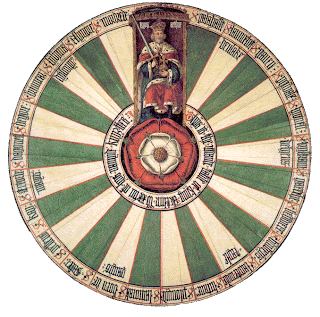http://changethis.com/manifesto/show/51.01.YourHowl
Summary of Mumon's story:
In the 1970's, some red wolves have been released into the wild. But they’ve forgotten "howl", and how to be a real wolf. Mumon realizes that he’s got to find his howl in order to be a real wolf again. Along his journey he instinctively kills a deer which pains him. He then meets a raven he tells him to not be ashamed of what he truly is. He then meets a farmer who fires a gun at him, and it is then that Mumon finally "howls", and become proud of who he is, and become free.
My Favorite Quote:
"That's all any of us are-amateurs. We don't live long enough to be anything else."- Charlie Chaplin, Limelight
It was a small shock to have heard the above quote uttered by Charlie Chaplin in his last American film, a man dubbed as a cinematic genius by film critics and historians. As a young student who hopes someday to work in the special effects industry, it got me thinking about people in show business. Most people in show business start as "amateurs", before they become "professionals". As "professionals" they want there films to be the best, and in order for that to happen the strive for perfection. But sometimes you might ask yourself if it's even worth it to try to reach for perfection. As artists grow, and mature they've got to stop be an "amateur" when it comes to criticism of their work, and take on the "professional" attitude and acknowledge when we've made an atrocity. But most importantly of all do we ever stop being amateurs at all, no matter what are level of success is? I shall look at each of these questions in turn.
Let's begin with perfection. Directors Charlie Chaplin and Orson Welles, and producers Walt Disney and Irving Thalberg all had reputations for wanting to make their films the best. Some times it worked and they were met with critical praise, and financial success with films such as The Great Dictator, Snow White and the Seven Dwarfs, and A Night at the Opera. When it didn't they were left with a financial embarrassment with films such as Citizen Kane, and Fantasia. With the financial burden that is entitled with the entertainment industry, you might ask yourself if it's really worth it to strive for perfection? The answer is yes. Doing so gives you a better feeling about the project you're working on, and it gives you a better reputation-you're willing to do what's necessary to make your work special, to make it stand out from the crowd. Even if it might be a less a financial success in the short term, with age, and the home video market you might have a cult classic on your hands.
As artists in the entertainment industry you can spend months, or even years on a project. But there is nothing more heartbreaking than after spending all that time on it, than for the critics, or the audience to tear it to shreds. It's very tempting for an artist to respond with "you just don't get it", or "you don't know what's good". But to have such an attitude is to be an "amateur". Even though you might be very attached to a project, you need to listen criticism in order to learn, and improve your work. No one is immune to working on a flop (critical or financial). Actor Michael Caine admits to squandering his talents in a string of horrible films. Andrew Lloyd Webber's Love Never Dies a sequel to Phantom of the Opera was a dud in the West End Theatre District and will never see a Broadway production. Then there was Kenneth Branagh the "next Laurence Olivier", who learned a hard lesson in humility with his disastrous adaptation of Frankenstein. These "professionals" have learned to admit their mistakes and by doing so become better artists. If they hadn't they would all be "amateurs".
Every artist in the entertainment industry starts out as an "amateur" hoping to be noticed by studio bosses and some of the lucky ones include George Lucas, Steven Spielberg, Sir Peter Jackson, and Christopher Nolan. Each of these men have managed to achieve considerable critical, and financial success over their careers. No one would think of these men as "amateurs". Or are they? When you stop being an "amateur", and start being a "professional"? The answer is never. We tend to think of "professionals" as being people who have perfected their craft and have nothing left to learn. But that is not true. No one is ever too old to learn, and no craft, or art can ever be perfected. It can be tweaked, or enhanced but not perfected. But we can try and produce some incredible masterpieces, or some embarrassments that can help us learn humility. We can all try to make the best film we can, and then learn the whole process over again with our next project. So that sense we are just "amateurs".








